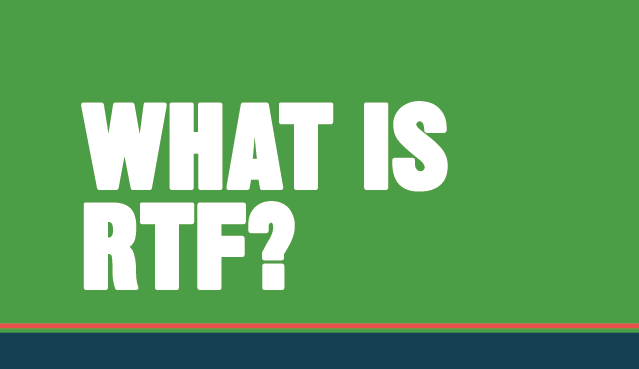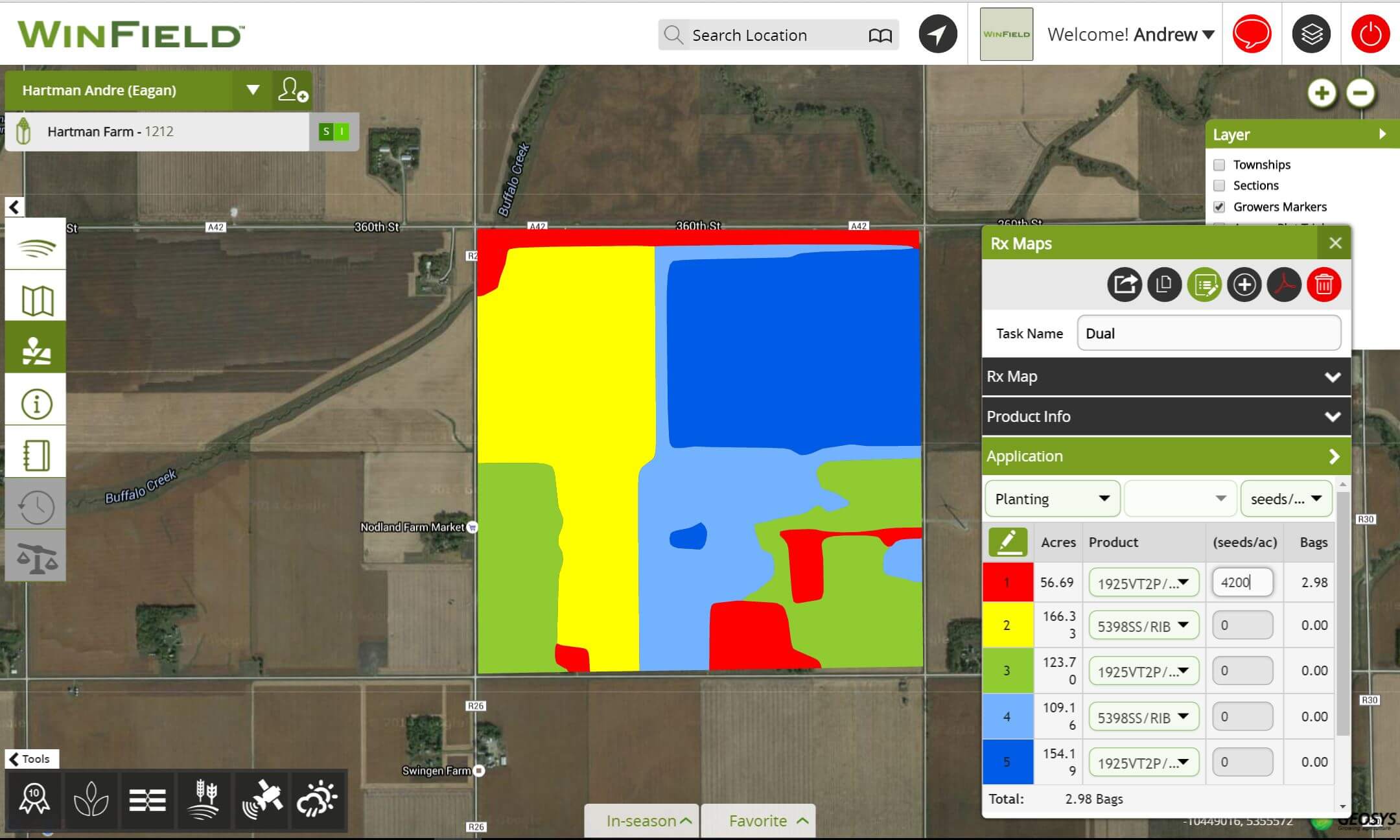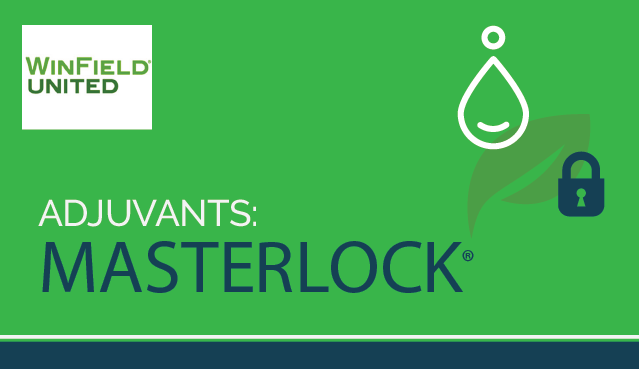STRONGER CROPS. STRONGER YIELDS.


Do response-to scores factor into your choices for corn seed?
Let’s take a close look at how WinField United determines a hybrid’s response-to-fungicide (RTF) score and how you can pair that valuable data with in-season tech tools to optimize your ROI potential.

Every year, WinField United tests 240 hybrids across seed brands to determine RTF scores, which measure how a hybrid will respond to a fungicide application. All WinField United proprietary and partner hybrids tested through the Answer Plot® program have an RTF score.
Some hybrids have a high response to fungicide, while other hybrids have a low response to fungicide, with very little or no increase in yield potential. Work with your local Co-op agronomist to determine which hybrids and RTF scores fit best with your management strategy.

Use ag tech to monitor fields
Remember that the highest ROI potential is usually found in the healthiest corn plants with the most optimal yield potential (fields or areas of fields with healthy biomass). Your trusted advisor can use the R7® Field Monitoring Tool to increase the efficiency of scouting efforts and help you plan input applications more precisely, with the tool providing up-to-date crop information throughout the season.
Using field details, identify fields with high or moderate RTF hybrids and use the Field Monitoring Tool to identify the status of each field.
- For high RTF hybrids, identify fields that are at an average biomass status but trending up or are at a high biomass status.
- For moderate RTF hybrids, identify fields that are at above-average biomass.
- If a high or moderate RTF hybrid is planted in a field with below-average biomass, there are likely other things happening in that field to create poorer grower conditions or lesser stands. In these cases, a fungicide application will probably not help improve the health of that crop and may generate a low or negative ROI.

Access in-season imagery to locate problems
Once fields are identified, have your trusted advisor use the R7 Tool to access the most recent in-season imagery to locate the best parts of the field. You can use this imagery to make an application map so you apply fungicide only to the most productive areas.

Even in a field that is highly productive, there will be areas of low productivity due to things like compaction and drainage. In these areas, a fungicide application may provide low or negative ROI potential.

Make the fungicide application
The R7 Field Forecasting Tool allows you to determine tassel dates in corn, which can help predict when application equipment will be needed for a particular field (and likely for neighboring fields in that area with similar planting times and product maturities) so that plans can be made for time-sensitive fungicide applications.
The Field Forecasting Tool can also provide a good estimate of the field’s yield potential, which may help finalize your application decision, especially for fields that are borderline. An example would be a moderate RTF field with average biomass. If it is predicted to have high yields, a fungicide application may benefit. If it is predicted to show poor health due to nutrition or moisture stress, a fungicide application may not be recommended.
Seven years of Answer Plot data has shown an average 12.8-bushel-per-acre response in corn to a fungicide application.1 However, that is only an average. Looking further into the data reveals responses anywhere from no response up to 37 bushels per acre.1
So remember: Apply fungicide only to a high or moderate RTF hybrid in a field that is more productive and only to the most productive parts of that field. By doing this, you eliminate scenarios that deliver low or negative yield and ROI potential. You also increase your overall average response by only applying fungicide in situations most likely to deliver the best chance for success.
1. Answer Plot® trial data, 2011–2017.
SEE US FOR THESE PROVEN ADJUVANT PRODUCTS


Gets more spray into the canopy and on target for superior performance
MasterLock® adjuvant combines InterLock® and DropTight™ technologies in one crop-based adjuvant to enhance spray coverage. This unique blend of cutting-edge formulations improves spray deposition, canopy penetration and spray droplet sticking and spreading, while reducing spray drift. MasterLock® adjuvant works effectively with fungicides and insecticides, and may be used with herbicides and other crop protection products.
- MasterLock® adjuvant helps optimize droplet adhesion, which reduces bounce and increases droplet spreading for improved contact and coverage.
- Formulated combination of increased adhesion, reduction in bounce and increased canopy penetration leads to more fungicide and insecticide where it is needed the most.
- MasterLock adjuvant is NPE free, therefore should not contribute to arrested ear.

